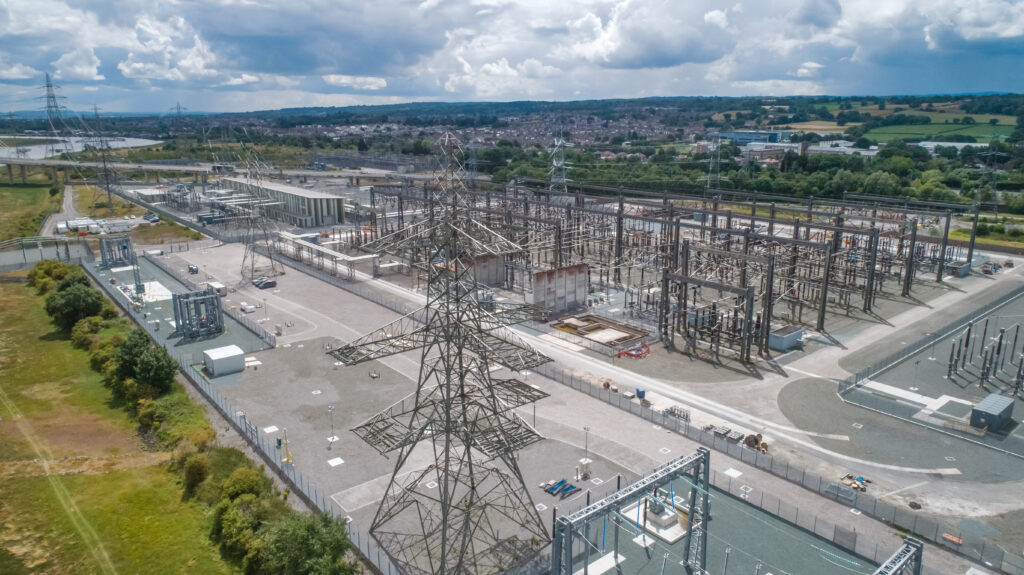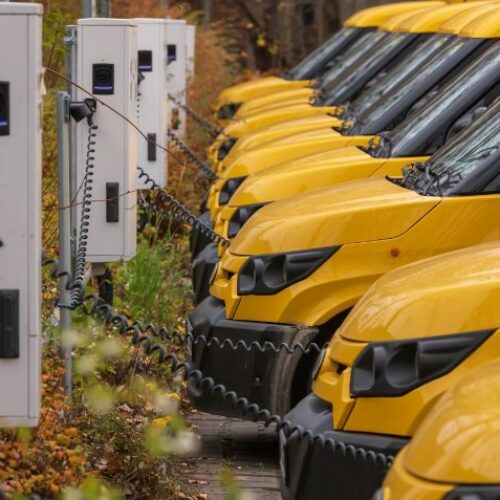A new £1.9 million project between the University of Manchester and the National Grid will explore the creation of a retrofill solution to remove sulphur hexafluoride (SF6) across its network of high-voltage equipment.
This could be a crucial development in the decarbonisation of the UK’s power network with the National Grid citing that SF6 has a global warming potential that is 25,200 times greater than CO2.
SF6 has been an enabler of the creation of the UK power network. The gas is a highly efficient electrical insulator and thus can be utilised within various applications such as medium and high voltage switchgear and circuit breakers.
It has been commonly used in the electricity industry to prevent short circuits and to keep the network safe and reliable.
The two organisations will collaborate on the creation of a retrofill solution to replace SF6 with an environmentally friendlier alternative without having to replace or otherwise modify the existing equipment.
The replacement of SF6 has been explored previously with SP Energy Networks piloting an 8DJH 12 switchgear ring main unit created by Siemens, at a substation in 2021. In doing so the substation operates in a more environmentally friendly way.
At the time, Colin Taylor, director of processes and technology at SPEN said it was an “exciting development” in their work to reduce emissions, adding that the climate-neutral insulator also makes switchgear safer to handle and easier to recycle as well as reducing greenhouse gas emissions when compared to SF6.
In a separate pilot project last year, National Grid and Hitachi Energy developed and deployed a solution at Richborough substation in Kent to replace SF6 with a greener alternative, marking a key step in the National Grid’s ambition to reduce its SF6 emissions by 50% by 2030.
The new demonstrator with Manchester University will explore how the retrofill solutions might be applied across more of the network.
“It’s exciting to be following the world-first SF6 retrofill in Richborough substation with this initiative taking us a step closer to a solution to replace the gas in more of our assets,” said Mark Waldron, technical lead at National Grid Electricity Transmission.
“The potent combination of Manchester’s expertise in this area and the innovation and demonstration capability at our state-of-the-art Deeside facility will deepen our understanding of retrofill solutions and could boost our progress in the decarbonisation of the grid while achieving a significant cost benefit for consumers.”
The University of Manchester and the National Grid will create a physical demonstration with an inbuilt condition-based monitoring system that will focus on the applicability of SF6 retrofill techniques.
It will be developed at Manchester’s High Voltage Research Laboratory, which is equipped with facilities that can test up to 600kV DC, 800kV AC and 2MV impulse.
“This project will provide the missing link – taking the success of the research in this area so far, and creating a way to apply retrofilling at scale,” said Dr Chen, senior lecturer in high voltage engineering within the Department of Electrical and Electronic Engineering at the University of Manchester.
“By bringing together the expertise of two Manchester departments, we can address every element of this challenge, catalysing the development of real-world solution, which protects the environment while providing significant economical saving.”





